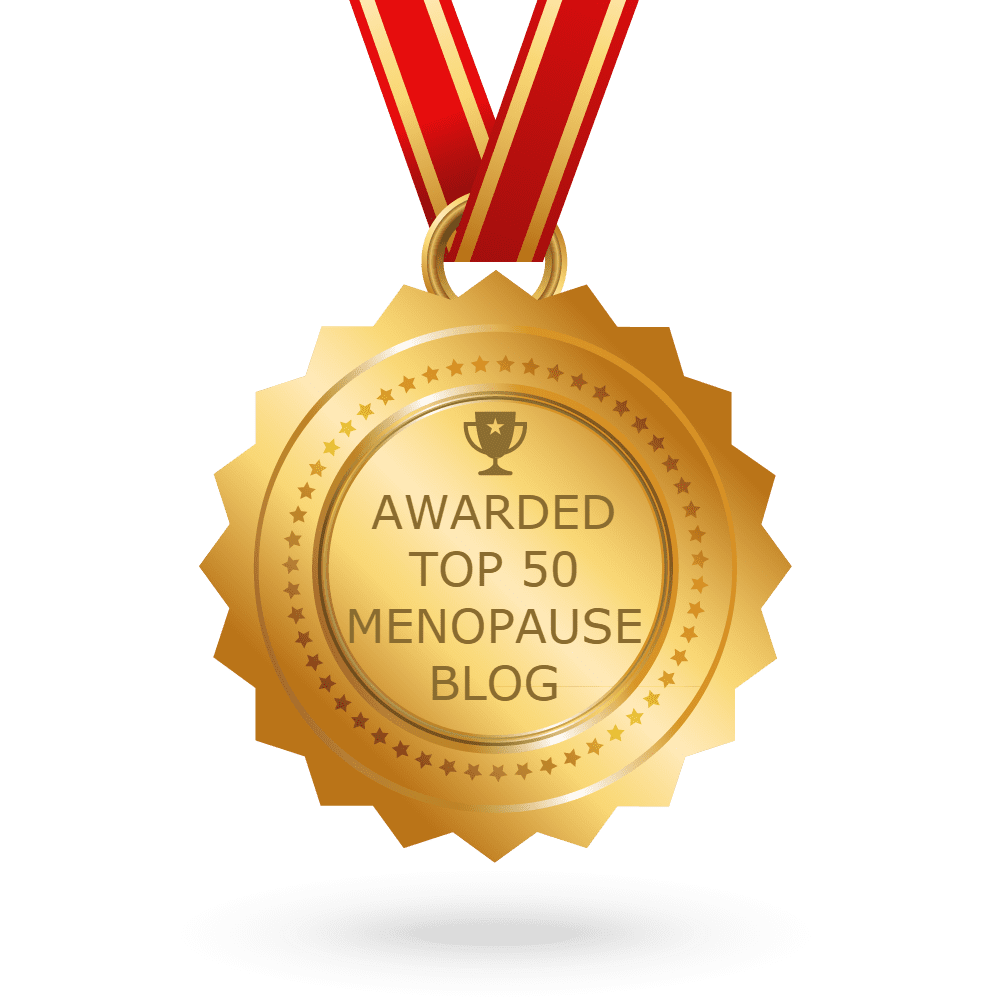Hot Flushes
Symptoms in Detail
Hot flushes or hot flashes?
They're the same thing, and are the most common symptom of menopause.

What are hot flushes?
A hot flush, or hot flash as it sometimes called, is a quick and unexpected onset of body heat usually accompanied by redness in the face and neck, and sweating.
Because they come on suddenly they can feel quite distressing and embarrassing especially when in the company of strangers.
What causes hot flushes?
During menopause estrogen levels fluctuate, causing a part of the brain that regulates body temperature to become confused.
Like a faulty thermostat it responds to these fluctuations as if it is sensing an increase in body temperature.
In an attempt to cool you down the brain sparks your blood vessels to dilate, creating the hot flush, then triggering sweat glands to produce sudden perspiration.
Estrogen has a lot to answer for!
Related articles
Know the 34 symptoms of menopause
Here are all of the documented symptoms of menopause you need to look out for:
Physical Symptoms
- Incontinence
- Changes in Body Odour
- Bouts of Rapid Heart Beat
- Breast Pain
- Headaches
- Joint Pain
- Itchy Skin
- Burning Mouth Syndrome
- Electric Shock Sensation
- Digestive Problems
- Gum Problems
- Increased Tension in Muscles
- Formication - Crawly Skin
- Paresthesia - Numbness in Hands and Feet
- Osteoporosis - After Several Years








